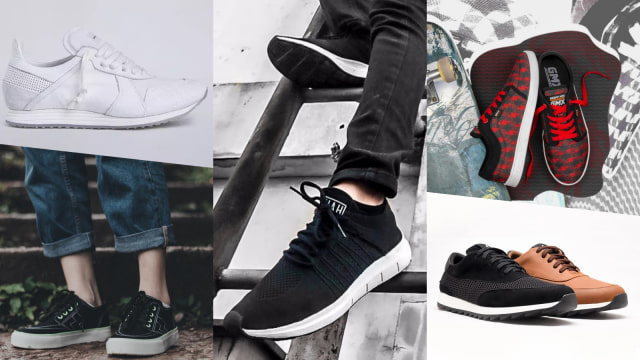
Tired of the fast fashion treadmill? Ready to make a statement and save the planet? Look no further than thrifting.
Forget the guilt of buying new clothes every season. Thrifting is like treasure hunting for sustainable fashion. You’ll find unique pieces with a story, and you’ll be doing your part for the environment in the process.
So, if you want to be trendy while still keeping the environment healthy, let me guide you through thrifting!
First of all, what is thrifting?
To put it simply, thrifting is basically shopping at places which sell secondhanded items at discounted prices. The thrifted or used goods are usually in good shape with enough life span left for a new owner.
But, why is thrifting better for the environment?
Thrifting, once seen as a sign of frugality, is now recognized as a sustainable fashion choice. As conversations about environmental responsibility and accessibility grow, more people are embracing secondhand shopping as a way to reduce their ecological footprint.
Now, let’s explore the top three eco-friendly benefits of thrifting.
-
- Reduce, reuse, recycle: By choosing pre-loved clothes, you’re helping to reduce the demand for new production, which means fewer resources used and less waste.
-
- Save our seas: Fast fashion often relies on materials like polyester that can’t break down in water, harming marine life. Thrifting helps keep these harmful materials out of our oceans.
-
- Breathe easy: The fashion industry is a major contributor to air pollution. Thrifting helps reduce the need for new production, which means less pollution in the air we breathe.
Now that you understand the basics of thrifting, let’s learn how to do it like a pro.
How to thrift: the ultimate guide for beginner
At first, digging into the world of thrifting can be intimidating. But, worry not. I assure you it’ll get better with a little bit of practice. The more you thrift, the easier it is to check all the best offers from offline and online thrift stores. Here are some tips to enhance the experience and maximize your chances of successfully finding and taking home clothing you like.
- Research the store ahead of time
For offline shopping: If you’re going to a few thrift stores, prepare a list and plan your trip ahead of time as thrift stores are frequently packed together. This way you won’t miss any store, and you’ll know how much time you’ll need. Keep track of the best stores for future reference once you’ve made a list.
For online shopping: Similar to offline shopping, you may want to have a list of thrift stores. You can do this on Instagram by selecting and adding the store accounts to your ‘favorite’ feed. This way, you’ll be able to see the latest items on sale and secure them on the “open order days” (the days when the items can be bought usually happen once or twice a week). A better tip would be to turn on the post notification, but you may want to reconsider it if you don’t like getting spammed with notifications.
- Have an idea of what clothing you’re looking for
Thrifting can feel a bit like looking for a needle in a haystack, but having a specific style in mind can make it easier to navigate the endless options. Before you start shopping, create a Pinterest board of your dream outfits. This will give you inspiration and help you find pieces that match your personal style.
- Set a budget
This is especially important for vintage stores which have higher prices. Hence setting a budget limit for yourself is necessary to make sure you don’t get carried away and overspend. Always keep in mind to buy in moderation. Just because the price is relatively lower doesn’t mean it’s okay for you to go overboard.
- Patience and thoroughness are key
The key aspect of thrifting is patience since it may take time and require some digging and searching to find the clothes that you’re looking for. Furthermore, you have to be extra thorough when choosing the clothes you want to buy since they’re secondhanded. This is important to make sure the clothes that you buy have no excessive damaged.
- Consider whether the clothes are actually worth the price
Often the clothes are put in unworthy price tag. Again, just because the clothes are less expensive than purchasing new ones in a shop doesn’t imply it’s worth the price tag. It’s also a good idea to check back frequently because products are occasionally lowered if they don’t sell.
In a nutshell…
Thrifting is a win-win: it’s good for your wallet and good for the planet. As our environment faces challenges, sustainable living is more important than ever. By choosing secondhand clothing, you can reduce waste, save resources, and find unique fashion. So, what are you waiting for? Go thrift!

